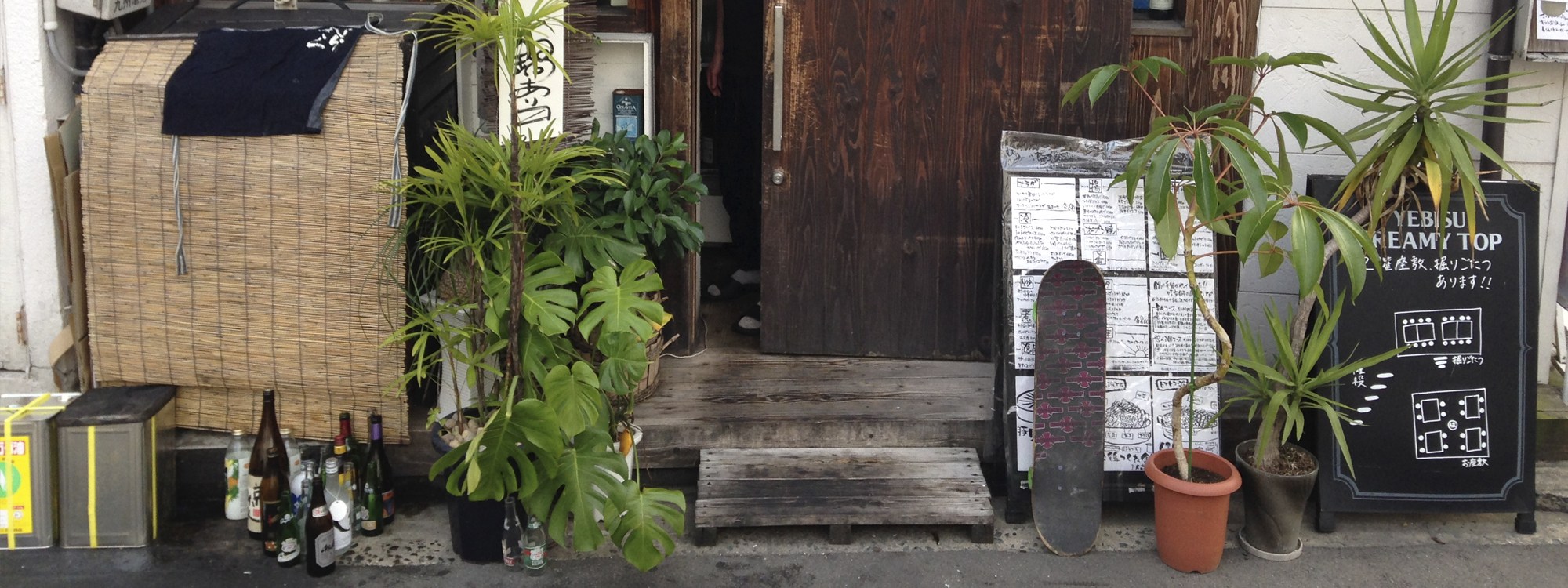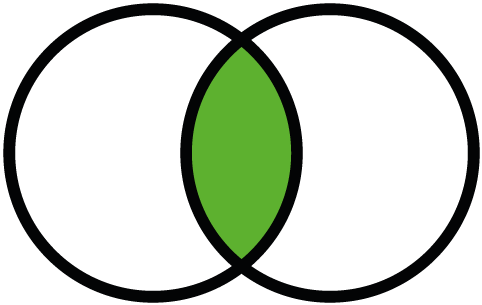Thinking About More Structured Story Telling

Now that we’re officially in the UK, and I’m tantalizingly close to being able to claim my front-end web development certificate (woot!), my mind has started drifting to the steps that will be at hand before the end of the year, especially job hunting and interviewing.
While my mind is fresh with these ideas, I’ll leave some notes here for when job-hunting time comes around for me. Perhaps it’ll be of use to someone else before then.
- Start by talking about the situation. What was working well at the time? What was showing room for improvement? Why was addressing the issue important? How was the room for improvement first identified?
- What tasks did you undertake to improve the situation? Remember, what’s appealing to a prospective team-mate or employee is finding someone who can think clearly about a current problem, envision a better future state, and back-cast to identify and plan the necessary steps to get positive results. These are soft skills that translate well to any project (including side projects or non-coding projects), irrespective of team size or project size. In fact, these skills are valuable in any role and a good team-member or hiring committee will recognize the value you bring in this regard.
- What were the key challenges that you faced? How did you address these challenges? How and how early on did you spot them,? What would you do differently next time? What would you need to do things better next time?
- What results or outcomes did your efforts lead to? What were the qualitative and quantitative outcomes of your planning and efforts? Were there additional positive knock-on effects from the project and how you handled it? For example, was there increased team cohesiveness, added capacity development, personal learning and growth?
I didn’t plan on it while typing out my ideas above, but some readers might recognize elements of the STAR interview technique, the Appreciative Inquiry model, and rewarding effort over results (two, three).
